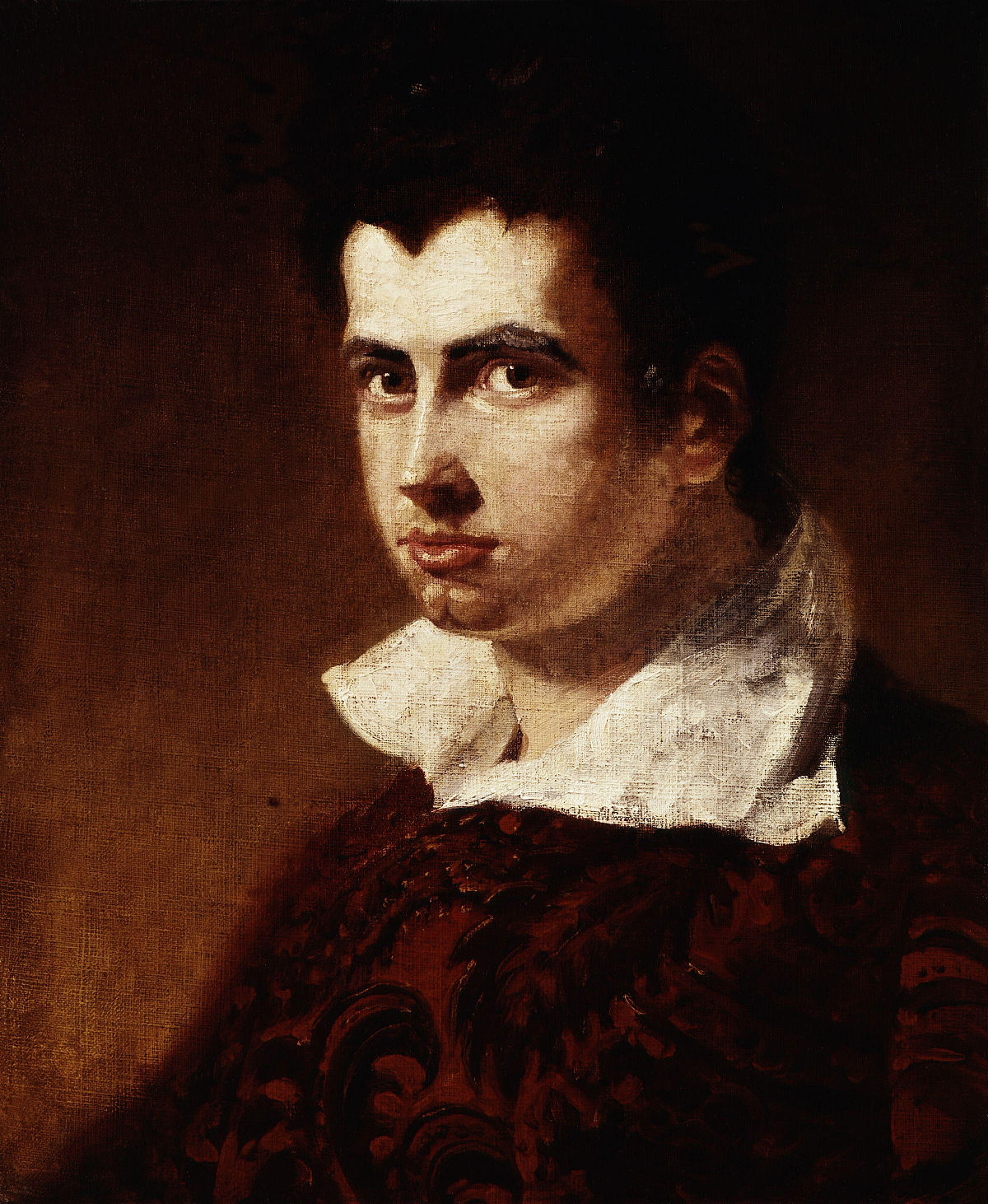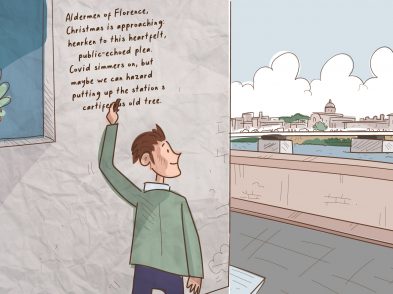When people speak of the British Romantic poets who made a home of Tuscany, the name of Leigh Hunt is often neglected. The Italian stories of Percy Shelley, Mary Shelley and Lord Byron are far better known. But this son of a clergyman, as founder and editor of a radical journal called The Examiner, made—even wrote—the headlines of his day.
In London, Hunt had linchpinned a literary group, even from a cell in Surrey Gaol, where he was sent from 1813 to 1815 for a libellous editorial on the Prince Regent. He continued to edit The Examiner from his cell, and, a sudden poster-boy for freedom of press, received the celebrity of Lord Byron, for whom he was “the wit in the dungeon”.

Leigh Hunt, British Romantic poet
By 1816, Byron was in Italy and, in 1818, Percy and Mary Shelley followed suit. Shelley was fleeing the ghost of his first wife, while Byron was fleeing his live one, who was making their private life scandalously public. It wasn’t long before Hunt too saw the appeal, not least when Shelley wrote to him with the idea for a new co-edited magazine, to be called The Liberal. The Hunt family (including his wife Marianne and six children at that point; they had 10 in total) sailed and landed in Livorno in July 1822, from which they, the Shelleys and Byron converged on Pisa, where they piled into the ground floor of Palazzo Lanfranchi. Shelley drowned a few days later in a boating accident, his body washed up at Viareggio. The shattered party moved to Genoa, which Byron left for Greece and the fight for Greek independence.
Hunt had come to Italy for the company of the two most famous poets of the age, and now he was without either. Mary Shelley, with whom his relationship was fraught, had gone back to England. In summer 1823, he turned his family around and took them back to Tuscany, this time to Florence. “We liked Genoa,” he wrote in his autobiography, “but in Florence there were more conveniences for us, more books, more fine arts…and a greater concourse of Englishmen; so that we might possess, as it were, Italy and England together.”
He was delighted with the name of his first address, via delle Belle Donne, but soon moved to piazza Santa Croce, and then up to the village of Maiano, near Fiesole. Always poor, he consoled himself by thinking about Boccaccio, whose father had owned a house in Maiano, and by visiting the settings of stories from Boccaccio’s Decameron. “Florence lay clear and cathedralled” below him on his “almost daily walk to Fiesole”.
He was tempted back down the valley by the arrival of Charles Brown, who received a raw portrayal in Jane Campion’s biopic of John Keats, Bright Star. He reported that 200 English families were resident in Florence in 1825, and for their sake proposed a quarterly compilation from the English journals, to be sold in Florentine bookshops. The authorities were chary, informing him that any publication must be free of politics and religion, and submitted to government censors. Frustrated, the magazine came to nothing, and the Hunts trooped back to England in September 1825.
“I loved Florence,” Hunt wrote in his old age, “and saw nothing in it but cheerfulness and elegance…I loved the good-natured, intelligent inhabitants…I loved the Government itself, however afraid it was of English periodicals; for at that time it was good-natured also.” He celebrated that love in a play called A Legend of Florence, which in 1852 was performed at Queen Victoria’s command. He died in 1859 at the age of 74.








